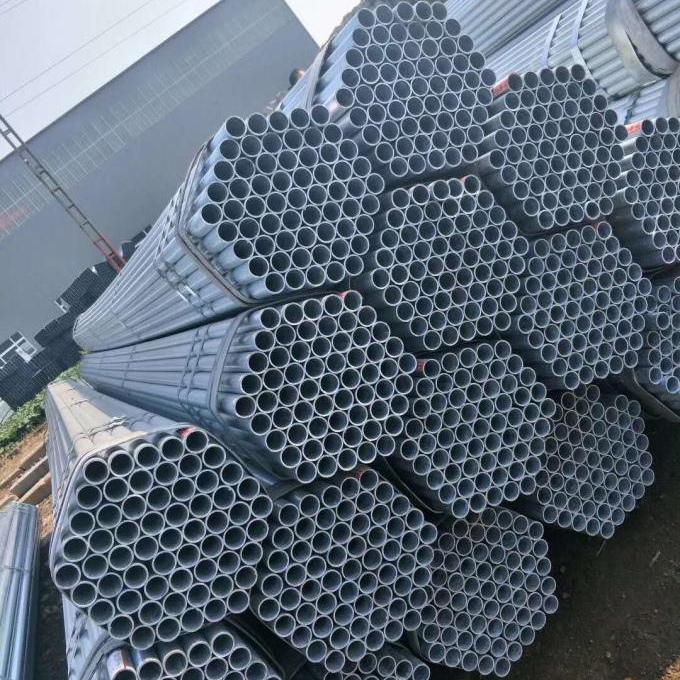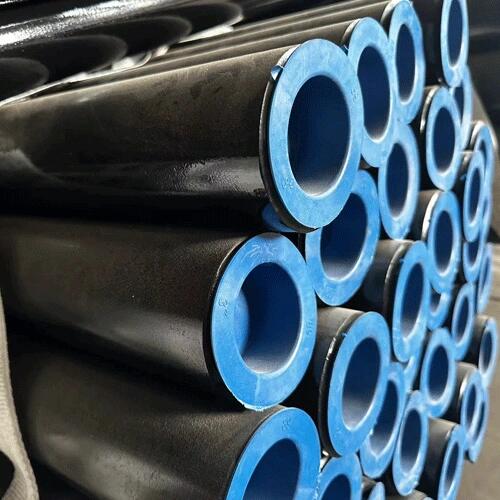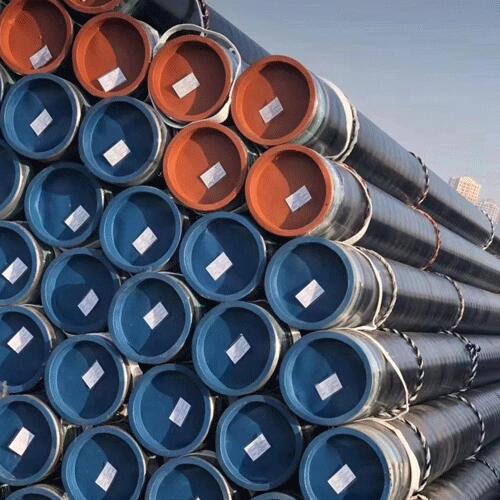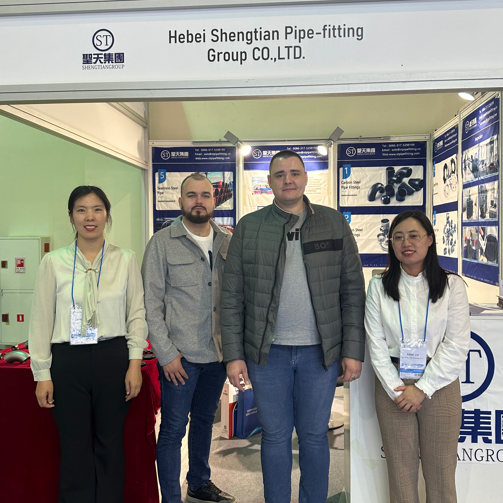ASTM A312 Stainless steel seamless pipes are a popular choice in various applications due to their unique characteristics. Understanding both the advantages and drawbacks is crucial for making informed decisions in selecting these pipes.
Advantages of ASTM A312 stainless steel seamless pipes:
High Forming Speed and Yield: ASTM A312 Stainless steel seamless pipes are renowned for their rapid forming speed and high production yield. This characteristic enables the manufacturing of pipes with diverse cross-sectional forms, making them adaptable to a wide range of usage conditions.
Enhanced Yield Point: Cold rolling imparts significant plastic deformation to the steel, leading to an increase in its yield point. This enhancement in yield strength is beneficial for applications requiring robust and durable materials.
Improved Microstructure: Hot rolling disrupts the cast structure of the steel ingot, refining the grain size and eliminating defects in the microstructure. This process results in a dense and improved steel structure, contributing to enhanced mechanical properties.
Disadvantages of ASTM A312 stainless steel seamless pipes:
Metal delamination: During the cold rolling process, non-metallic inclusions in the steel (mainly sulfides, oxides, and silicates) can be compressed into thin layers, resulting in metal delamination or lamination. This phenomenon significantly impairs the mechanical properties of the steel through the thickness and can lead to interlaminar tearing during weld expansion.
Uneven wall thickness: Thermal expansion and contraction of metal (called thermal cycling) can cause wall thickness differences. Although length and thickness standards are met during cold rolling, negative deviations may occur after final cooling. Larger negative deviations result in poorer wall thickness uniformity.
Residual Stresses: Uneven cooling causes residual stresses within the pipe, and the magnitude of these stresses increases with the size of the steel cross-section. Residual stresses can adversely affect various aspects of performance, including deformation, stability and fatigue resistance.
Poor surface finish: The inner surface of stainless steel seamless pipe may show longitudinal scratches, creating a symmetrical or single straight line pattern. These defects, whether across the entire length or localized, can result in a poor surface finish.
 How to apply hot dipped galvanized steel pipe?
How to apply hot dipped galvanized steel pipe?
 Why should Seamless steel pipes be epoxy powder coated?
Why should Seamless steel pipes be epoxy powder coated?
 ASTM A106 Thick-walled steel pipe production steps
ASTM A106 Thick-walled steel pipe production steps
 Shengtian Group successfully participated in the Russian Oil and Gas Exhibition
Shengtian Group successfully participated in the Russian Oil and Gas Exhibition